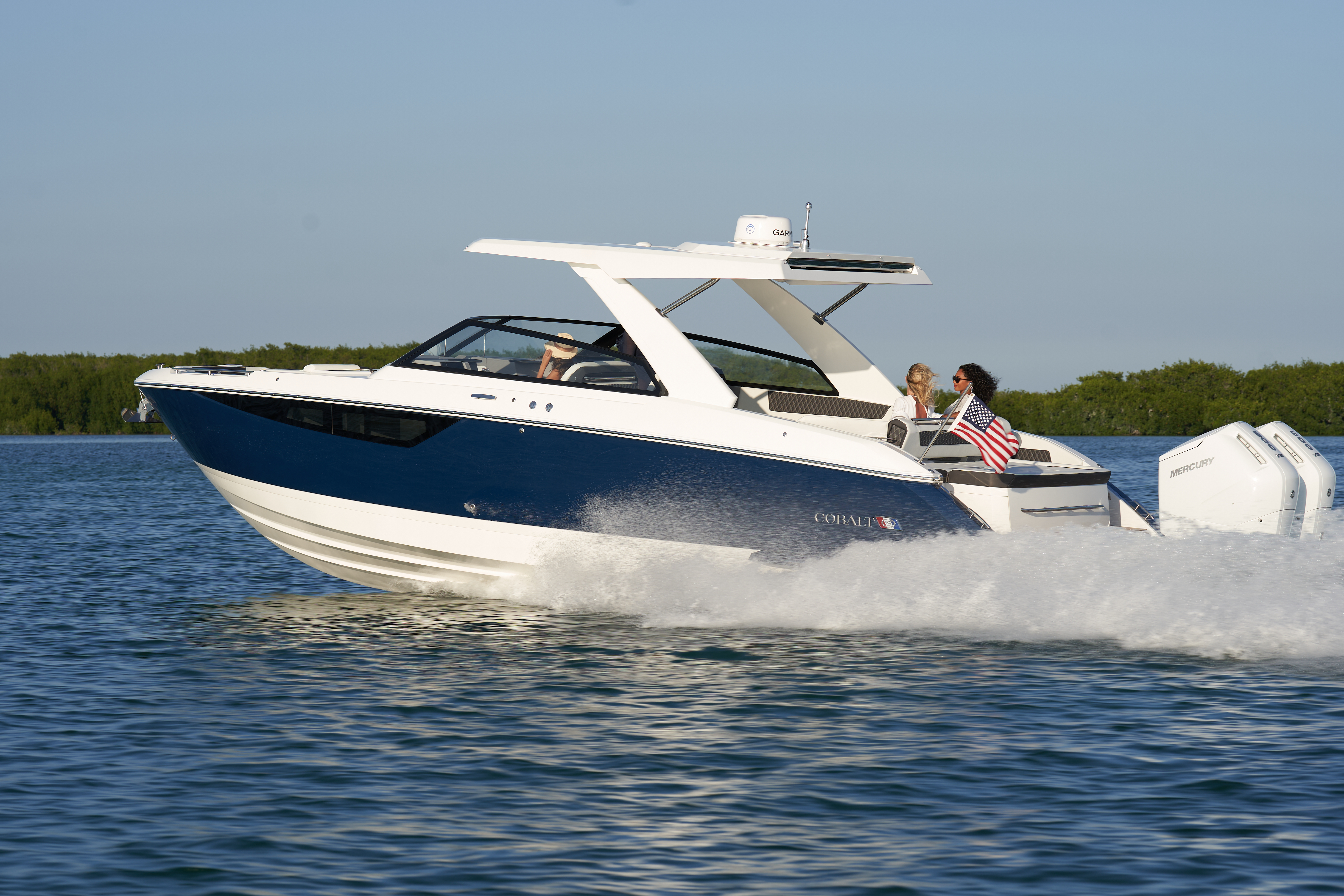Preparing Your Boat for a Storm
.jpg)
Owning a boat is a wonderful experience, but with it comes the responsibility of protecting your investment, especially when bad weather or a tropical storm is on the horizon. Preparing your boat properly can make all the difference between riding out the storm with minimal damage or facing extensive repairs afterward. In this guide, we'll walk you through the essential steps to ensure your boat is ready to withstand the forces of nature.
1. Create a Storm Plan
- Plan Ahead: Determine where you will secure your boat—whether at a marina, on a mooring, on a trailer, or hauled out of the water.
- Review Insurance: Make sure your insurance policy is up to date and covers storm-related damage.
2. Secure the Boat
- In a Marina:
- Double-Up Lines: Utilize additional dock lines equipped with chafe protection at points where they pass through chocks or come into contact with other surfaces.
- Leave Slack: Ensure there is adequate slack in the lines to address rising water levels, while also making it secure enough to prevent the boat from drifting into nearby docks or pilings.
- Fenders: Add additional fenders to cushion and protect your boat from collisions with the dock.
- On a Mooring:
- Check the Mooring: Ensure the mooring is secure and that the mooring line is in good condition.
- Use Heavy-Duty Lines: Attach multiple lines to distribute the load.
- On a Trailer:
- Move Inland: If possible, move the boat inland, away from the storm surge. Ensure the boat & trailer are distant from trees and branches that could fall during the storm.
- Secure the Trailer: Lash the boat to the trailer and the trailer to something immovable if wind is a major concern.
- Haul Out:
- Dry Dock: If time permits, you may haul the boat out and place it in dry dock or on a secure cradle.
- Trailer: If time permits you can haul the boat out of the water and trailer it to an inland location
3. Reduce Wind Resistance
- Remove Sails and Canvas: Take down all sails, bimini tops, and canvas coverings to reduce wind resistance.
- Remove Antennas and Rigging: Remove any detachable items such as antennas, flags, and rigging.
- Secure Loose Items: Stow or secure anything that could be blown away, including life jackets, cushions, and coolers.
4. Close and Seal Openings
- Hatches and Windows: Ensure all hatches, windows, and doors are securely closed and latched. You may choose to use duct tape or other sealing materials to prevent water intrusion in certain areas of the boat.
- Engine Compartment: Seal the engine compartment and other vents to prevent water from entering.
5. Check Bilge Pumps and Batteries
- Bilge Pumps: Ensure all bilge pumps are operational and that float switches are working.
- Battery Charge: Ensure batteries are fully charged, and consider connecting a second battery to keep the bilge pumps running if the main battery fails.
6. Turn Off Electrical Systems
- Electrical Systems: Disconnect shore power, and turn off all electrical systems not necessary for bilge pumping.
7. Document the Condition of the Boat
- Photos and Videos: Take detailed photos and videos of your boat from all angles. This documentation will be crucial if you need to file an insurance claim.
Taking the time to prepare your boat for bad weather and tropical storms is an essential part of responsible boat ownership. While storms can be unpredictable and powerful, proper preparation can help mitigate the risks and protect your vessel. By securing your boat, reducing windage, sealing openings, and ensuring that all systems are operational, you can significantly increase the chances that your boat will come through the storm unscathed.
Remember, the safety of you and your crew is paramount—never stay aboard during a severe storm. With a solid storm plan in place, you’ll be better equipped to safeguard your boat and enjoy peace of mind when the weather takes a turn for the worse.


